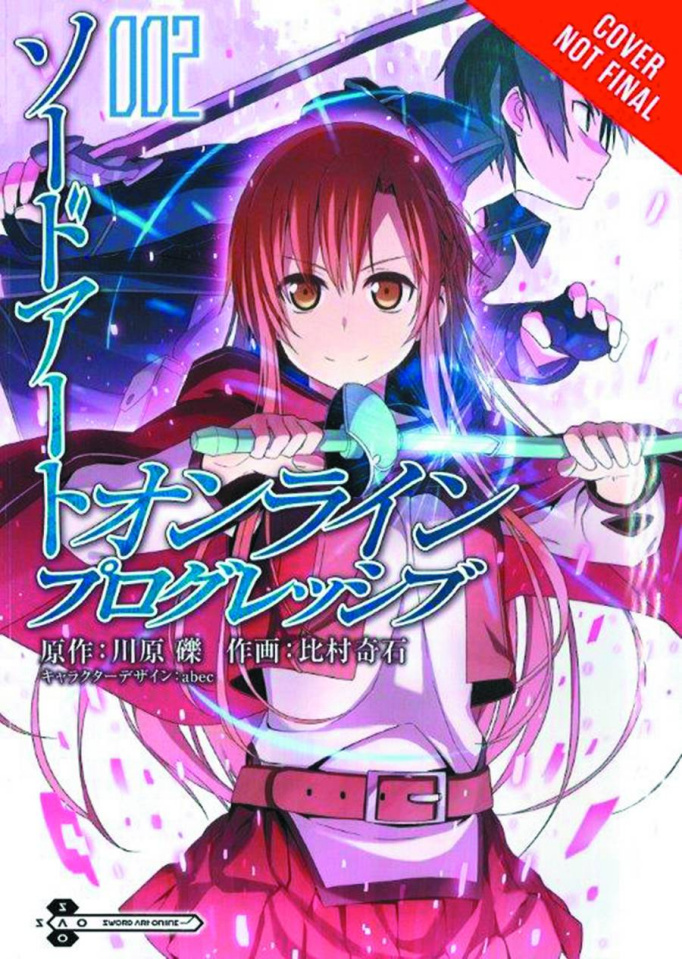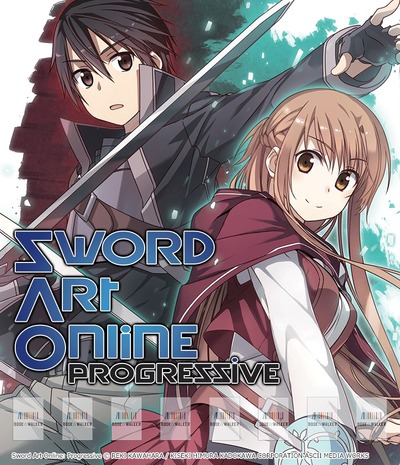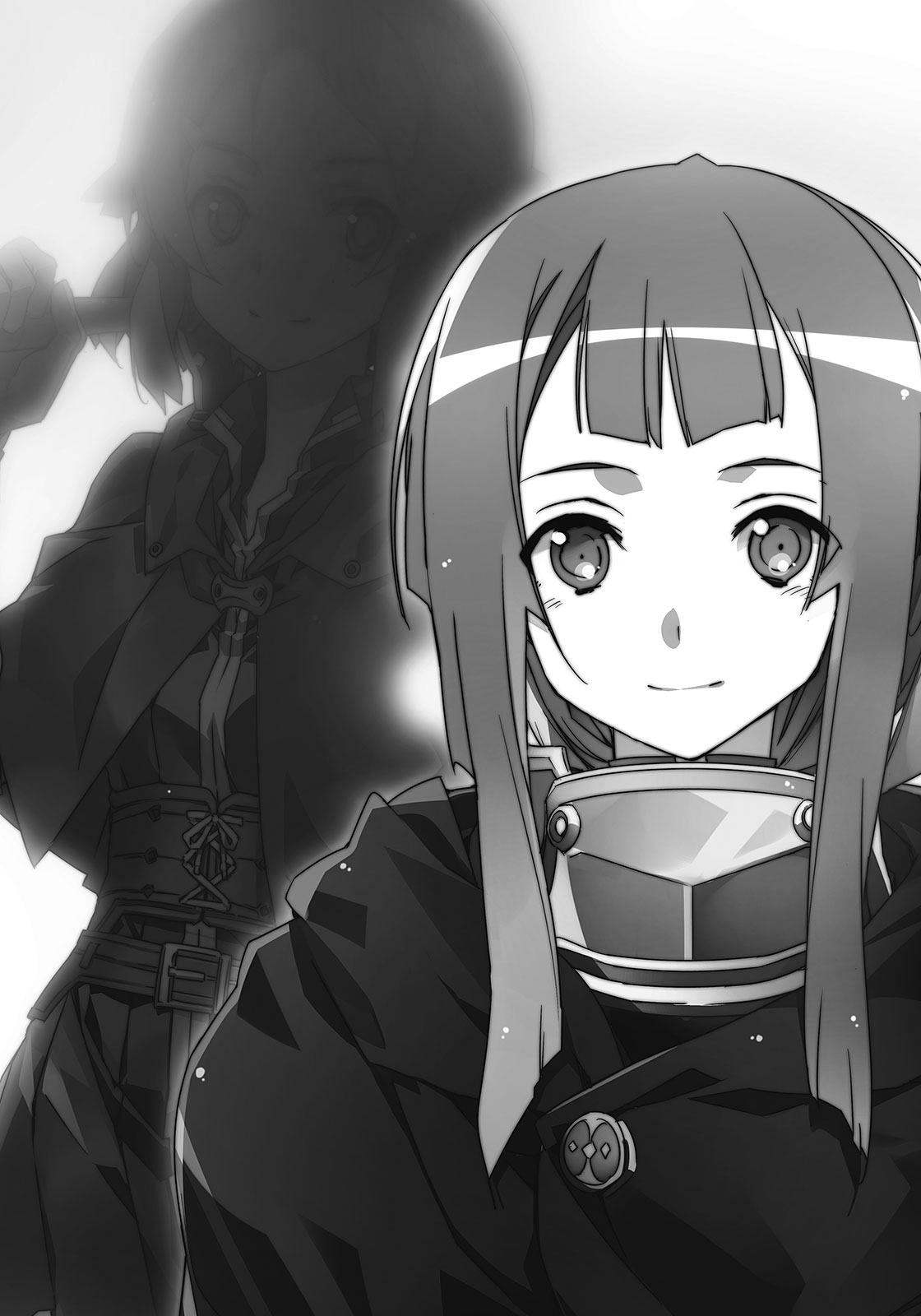
These exposition parts were always thoroughly woven into the character interactions or the immediate plot, so they rarely felt dry or repetitive to me, although your mileage may vary.Īs solid as the narrative of Progressive is on paper, it wouldn’t have been so enjoyable without strong prose and diction. I personally didn’t find the padded length to be a problem, although there were admittedly some parts which repeated game mechanics that the reader would already know about. The first four volumes are unusually thick for light novels, but they still only cover the first five floors of the game.

The same thing doesn’t apply for many of the side characters, however the main source of dramatic tension in Progressive comes from the idea that most of the new characters could perish at any moment.Īrguably, the biggest problem with Progressive is that it spends too long exploring all the facets of its world. The overall feel is quite laid-back, perhaps because the reader is assured that Kirito and Asuna can’t die at this stage of the story. Although the possibility of death is at the back of everyone’s minds, the characters also spend a fair amount of time simply enjoying their adventures.

The tone of Progressive is also quite a bit different from the original series.

This makes the game world feel as if it’s populated by people instead of just serving as a canvas for Kirito’s exploits. In Progressive, we’re given a clearer picture of the guild politics, and the various side characters play key roles in moving the narrative forward. The lives of other players were often touched upon in the original series but were never really delved into. One of the things I liked most about Progressive was its emphasis on the social dynamics in the VRMMORPG setting. Worldbuilding was always the strongest aspect of Kawahara’s stories, but it’s even more impressive in this series. The other characters in the world of SAO get a chance to shine in Progressive-most notably Asuna, whose journey from newbie to VRMMO veteran is one of the main focuses of the reboot. Kirito reprises his role as the main character for this series, but he’s not the godlike gamer he was in the original series instead, he just seems like a perceptive kid who often needs help from others to balance his overspecialized talents. Depending on your feelings about the original series, this may or may not be an appealing prospect.Ībove all, Sword Art Online: Progressive appears to have been written with an eye for addressing the common criticisms against SAO. Simply put, it’s a “reboot” of the Aincrad storyline, promising to tell the story of how each floor in the game was conquered. Sword Art Online is a series that likely needs no introduction to light novel and anime fans at this stage, although the spinoff series Sword Art Online: Progressive may be a bit less familiar to some.


 0 kommentar(er)
0 kommentar(er)
